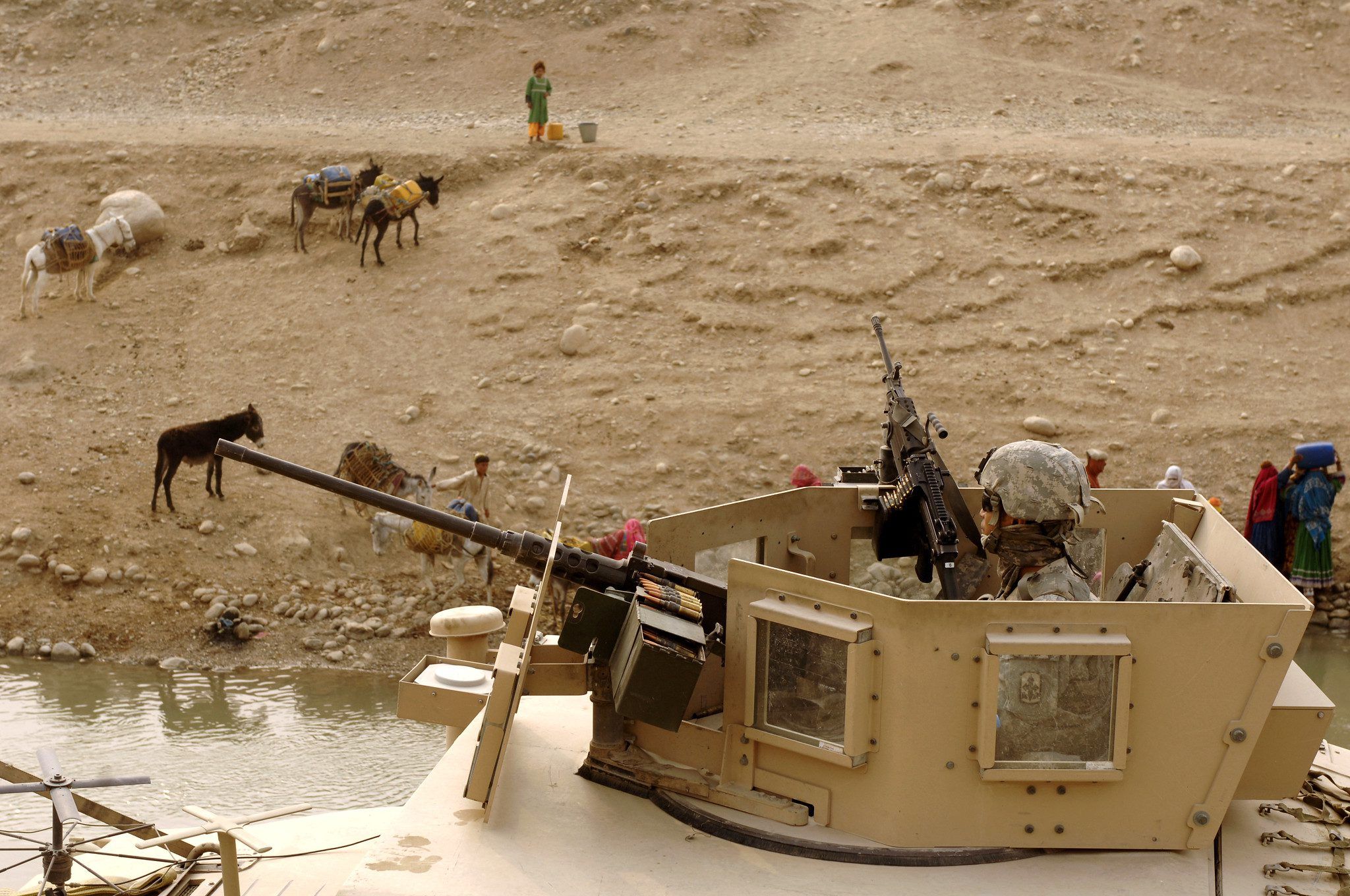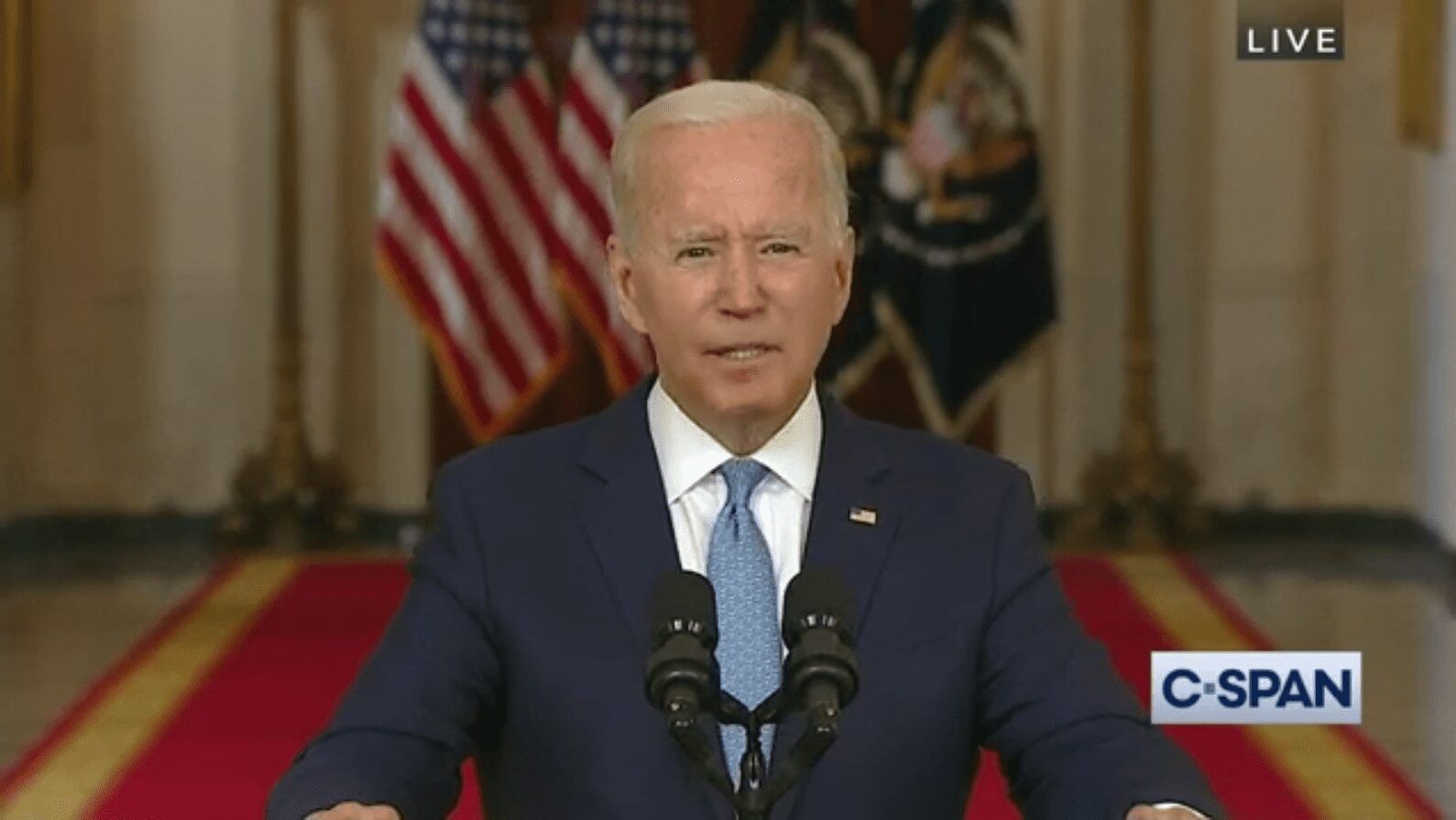
Array
(
[thumbnail] => https://s42831.pcdn.co/wp-content/uploads/2022/09/hero-placeholder-150x150.png
[thumbnail-width] => 150
[thumbnail-height] => 150
[medium] => https://s42831.pcdn.co/wp-content/uploads/2022/09/hero-placeholder-300x129.png
[medium-width] => 300
[medium-height] => 129
[medium_large] => https://s42831.pcdn.co/wp-content/uploads/2022/09/hero-placeholder-768x329.png
[medium_large-width] => 768
[medium_large-height] => 329
[large] => https://s42831.pcdn.co/wp-content/uploads/2022/09/hero-placeholder-1024x439.png
[large-width] => 1024
[large-height] => 439
[1536x1536] => https://s42831.pcdn.co/wp-content/uploads/2022/09/hero-placeholder.png
[1536x1536-width] => 1400
[1536x1536-height] => 600
[2048x2048] => https://s42831.pcdn.co/wp-content/uploads/2022/09/hero-placeholder.png
[2048x2048-width] => 1400
[2048x2048-height] => 600
[gform-image-choice-sm] => https://s42831.pcdn.co/wp-content/uploads/2022/09/hero-placeholder.png
[gform-image-choice-sm-width] => 300
[gform-image-choice-sm-height] => 129
[gform-image-choice-md] => https://s42831.pcdn.co/wp-content/uploads/2022/09/hero-placeholder.png
[gform-image-choice-md-width] => 400
[gform-image-choice-md-height] => 171
[gform-image-choice-lg] => https://s42831.pcdn.co/wp-content/uploads/2022/09/hero-placeholder.png
[gform-image-choice-lg-width] => 600
[gform-image-choice-lg-height] => 257
)
The New Silk Roads
On February 15, 1989, when General Boris Gromov followed the last Soviet troops out of Afghanistan over the Friendship Bridge to Uzbekistan, the Pudong district east of the Huangpu river in Shanghai was undeveloped farmland. Once the Soviet troops left, China − which had cooperated with the U.S., Pakistan and Saudi Arabia in supplying arms to the anti-Soviet resistance − turned inward to focus on development. As part of that effort, in 1990 Chinese leader Deng Xiaoping declared “Shanghai is our trump card,” ordering the development of Pudong.
As U.S. troops prepare to leave Afghanistan in 2016, Pudong is now one of the world’s most important financial centers, bedecked with shining office towers. This single district had a GDP of over $100 billion in 2013. The Pudong of 2015 is far more concerned with global stability for trade and investment than the Pudong of 1989. And that is a major reason why the China of 2015 has a far greater stake in what happens in Afghanistan after the U.S. and other NATO troops leave than did the China of 1989 in Afghanistan’s post-Soviet trajectory.
This report by Thomas Zimmermann shows how China proposes to transform countries to its south and west, including Afghanistan and Pakistan, in order to provide central and western China with crucial connectivity to supplies of raw materials and markets. The impact on the region’s economies may be eclipsed only by the impact on regional politics and stability.
Since July 2012, the Center on International Cooperation at New York University (CIC) and the Chinese Institute for International Studies (CIIS) have convened track-two discussions on the prospects for Sino-U.S. cooperation in Afghanistan. Before that, starting in 2009, CIC, together with Norway and other partners, convened a series of track 2 and track 1.5 meetings among neighbors of Afghanistan to discuss different proposals for regional architecture for stability. In a meeting leading up to the Istanbul Conference of November 2011, the Turkish representative suggested a regional arrangement like the Balkan Stability Pact, but noted that something was missing in this region. The “power of attraction” of the European Union provided a strong possible incentive for internal reforms and settlement of external disputes in East and Central Europe, since meeting the EU’s criteria for accession would potentially provide access to markets and capital. Where was the power of attraction to act as a comparable incentive in this region?
The expansion of the Chinese and Indian economies provides part of the answer: these nations could provide growing markets for the rest of the region. But unlike in Europe, for this power of attraction to become operational, South and Central Asia need massive investment in infrastructure, especially transport and power. China now proposes to start investing in this through the various programs grouped together under the name “One Belt, One Road” (OBOR), including the China-Pakistan Economic Corridor (CPEC).
In order for China and other investors to complete these projects, however, Pakistan would have to secure and stabilize its own territory and agree on a political solution with the Afghan government for the armed conflict in Afghanistan. As I write this, Pakistan-Afghanistan trade talks are stalled. Nationalist Afghans oppose measures that appear to recognize the Durand Line as the legal boundary between the two countries, while Pakistan refuses to allow transit for Afghan trade with India, despite Afghanistan’s offer of transit to Central Asia. India, which stands to benefit from connecting to CPEC if Pakistan would allow it, objects to its passage through lands that were formerly possessions of the Maharaja of Kashmir and whose incorporation into Pakistan India disputes. For decades the countries of the region have seen instability in Afghanistan as an acceptable cost of assuring that their rivals or enemies could not ensconce themselves there.
Thanks to China, the cost of instability is rising. Pudong’s capital will flow into roads, railroads and power plants only if the states of the region can assure the security of the investments. It will be up to diplomats and political leaders to mitigate or resolve conflicts so that the people of South and Central Asia can benefit from and contribute to the wealth of their neighbors.
Read Thomas Zimmerman’s recent brief: The New Silk Roads: China, the U.S., and the Future of Central Asia
More Resources
-
-

Whose endless war in Afghanistan is ending?
Paul Fishstein
Stay Connected
Subscribe to our newsletter and receive regular updates on our latest events, analysis, and resources.
"*" indicates required fields


